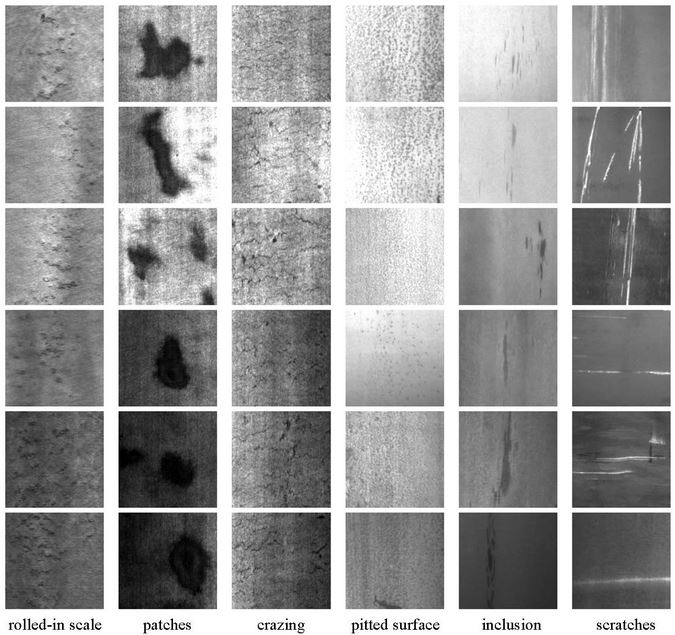Articles

Extended 3D-PTV for direct measurements of Lagrangian statistics of canopy turbulence in a wind tunnel
Direct estimation of Lagrangian turbulence statistics is essential for the proper modeling of dispersion
and transport in highly obstructed canopy flows. However, Lagrangian flow measurements demand
very high rates of data acquisition, resulting in bottlenecks that prevented the estimation of Lagrangian
statistics in canopy flows hitherto. We report on a new extension to the 3D Particle Tracking Velocimetry
(3D-PTV) method, featuring real-time particle segmentation that outputs centroids and sizes of tracer
particles and performed on dedicated hardware during high-speed digital video acquisition from
multiple cameras. The proposed extension results in four orders of magnitude reduction in data transfer
rate that enables to perform substantially longer experimental runs, facilitating measurements of
convergent statistics. The extended method is demonstrated through an experimental wind tunnel
investigation of the Lagrangian statistics in a heterogeneous canopy flow. We observe that acceleration
statistics are affected by the mean shear at the top of the canopy layer and that Lagrangian particle
dispersion at small scales is dominated by turbulence in the wake of the roughness elements. This
approach enables to overcome major shortcomings from Eulerian-based measurements which rely on
assumptions such as the Taylor’s frozen turbulence hypothesis, which is known to fail in highly turbulent
flows.

Deep Vision Becomes Reality with CNN
Neural networks execute complex image processing tasks
Deep learning with neural networks will strongly influence the future of image processing, as this approach
provides a number of significant advantages regarding classification and analysis results as
well as final image quality. Since small neural networks suffice for many typical vision applications,
processors such as FPGAs can be implemented effectively for convolutional neural networks (CNNs).
This results in a wide application field far beyond current classification tasks and efficient use within
embedded vision systems is also possible.

Bayer interpolation on a GPU
Most of today’s color image sensors, use the Bayer filter mosaic, an array
of RGB color filters arranged on a grid of photosensors.
Named after the late Bryce Bayer (1929–2012) who invented it while working
for Eastman Kodak(Rochester, NY; USA),
the filter uses twice as many green elements to mimic the physiology of the
human eye.


